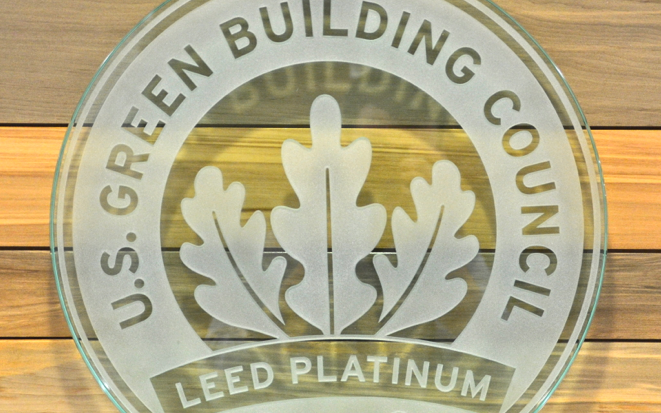Code Green Solutions


In a recently published post, I analyzed the energy efficiency achievements of a sample dataset of LEED for New Construction 2009 projects in the United States. LEED for New Construction (LEED-NC) and LEED for Existing Buildings (LEED-EB) rating system achievements are of a different nature – while LEED-NC projects are awarded points based upon modeled energy efficiency design goals, LEED-EB measures operational performance over a 1-year period of occupancy. LEED-EB energy performance is measured against ENERGY STAR’s 1-100 scale, with an ENERGY STAR score of 70 being the minimum score required for LEED-EB certification.
With this in mind, we asked the same questions previously asked of LEED-NC projects: What is the range of energy performance (as measured by ENERGY STAR) across LEED-EB certified projects? How does performance vary by space type and climate zone? What are the best projects doing? The reference charts and tables below provide some answers based on a unique sample dataset of 1410 LEED EBOM 2009 certified projects across 8 ASHRAE climate zones and 10 common space types.
The scoring breakdown [Tables 1 & 2, and Charts 1 & 2] shows that most LEED-EB projects are significantly exceeding the minimum requirements for certification. The average ENERGY STAR score across most space types and climate zones exceeds 80, with an overall average score of 84. To be considered among the top 25%, projects have to show outstanding results, and earn an ENERGY STAR score of 91 or higher
Chart 1: The highest, lowest, and average ENERGY STAR score for LEED-EB projects across different space types.
Chart 2: The highest, lowest, and average ENERGY STAR score for LEED-EB projects across ASHRAE Climate Zones (Note: the sample data set did not include any projects in ASHRAE CZ 7 or CZ 8).
Table 1: The highest, lowest, and average ENERGY STAR score for LEED-EB projects across different space types.
Table 2: The highest, lowest, and average ENERGY STAR score for LEED-EB projects across ASHRAE Climate Zones (Note: the sample data set did not include any projects in ASHRAE CZ 7 or CZ 8).